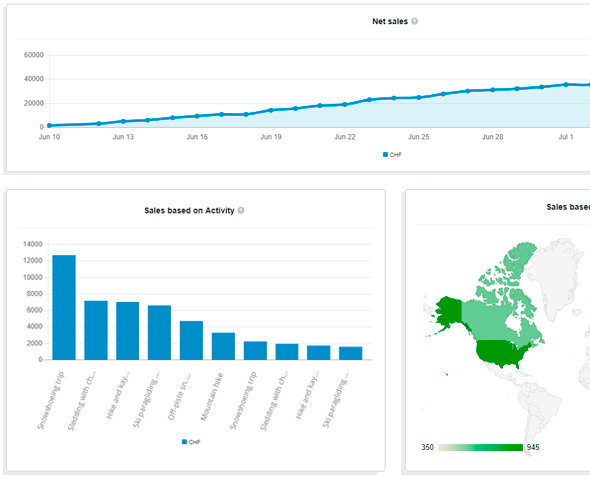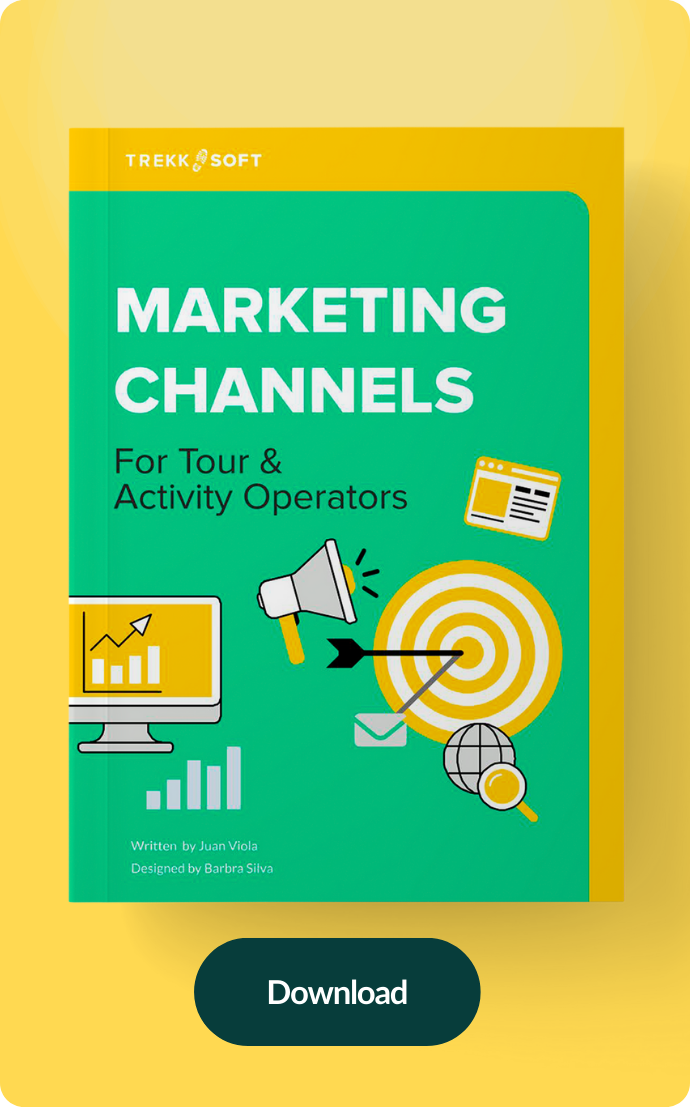The biggest challenge tour and activity operators face to maintain profitability is seasonality. In the high season, profits come easily while in the low season, most companies barely get by, some even close their doors till the following high season.
This means that operators need to squeeze out as much as they can over the high season to see themselves through the slower months. One way to do this is by implementing yield management, a clever pricing strategy that makes the most of your fluctuating demand.
But what is yield management and how can it help tour and activity operators? Let's find out.
What is yield management?
Yield management is a pricing strategy that aims to maximise profits based on demand for a limited good or service. It is commonly practised by accommodation providers and airlines around the globe, where prices go up in the high season and dip down in the low season.
The idea is that when there is demand for a limited resource, customers will pay a higher price for it. When there is low demand for the same limited resource, customers might need some form of encouragement, like a discount or promotion, to make a purchase.
Since the profit you stand to make in the high is determined by the number of people you can take on a trip and the number of trips you can make over the high season, yield management pricing strategies can help you improve turnover by maximising profits gained.
Types of yield management pricing strategies
1. Seasonal pricing
This is probably the most common form of yield management there is out there, where operators have three different price categories for their trips: High season, mid season and low season.
2. Day of week pricing
This form of pricing is typically practised by accommodation providers who tend to charge higher for weekends compared to weekdays.

3. Time of day pricing
There might also be certain times in a day that a tour or activity might be more popular than others. The best example of this would be tickets to performances where matinee shows tend to be cheaper than evening shows.
This would be a good price strategy for popular trips and attractions, where customers are charged a premium during peak times.
4. Last-minute pricing
Depending on your market and the popularity of your services, you could set up your booking system to give early bookers a slight discount and charge late-bookers a premium.
Read more: 5 tips to find the right price for your tours and activities
How to implement yield management
1. Look at past data to determine future demand
First, you need to look at your business' past performance to identify patterns that will give you an indication of future demand.
When do most of your bookings come in? What days do most people book for? What times are more popular for your tours? How can you increase or decrease prices to maximise gains?

2. Set up your booking system to accommodate price changes
Next, you want to set up your booking system to accommodate your pricing strategy. If you have to manually change prices of your tours, remember to set up a calendar reminder to do so.
TrekkSoft's customers can dive into our support pages to determine the best way to implement these price changes. Alternatively, you could also give your Account Manager a call to get help setting this up.
3. Track your performance
Finally, to find out if your pricing strategy is effective, keep track of your bookings and revenue. TrekkSoft's Sales reports, Turnover reports and Business Intelligence will give you an overview of all the important metrics you need to track your company's growth.
Review your performance every 2 weeks and identify areas for improvement as time goes on.
Want more tips on how you can increase bookings? Check out this workshop we hosted.





